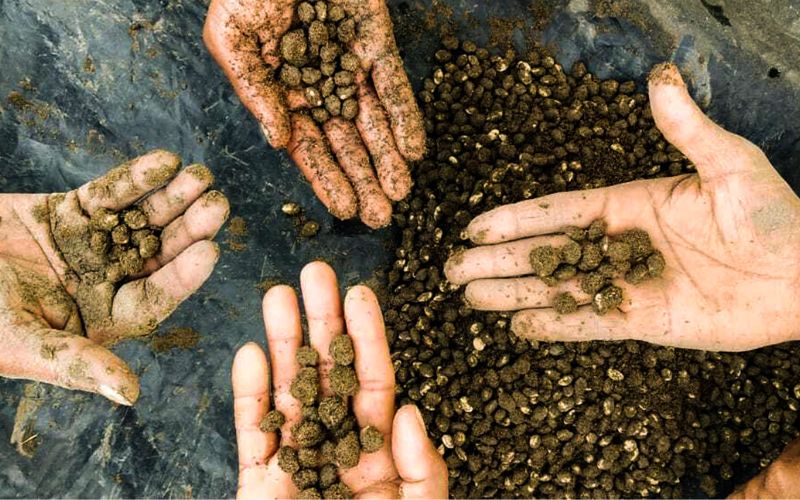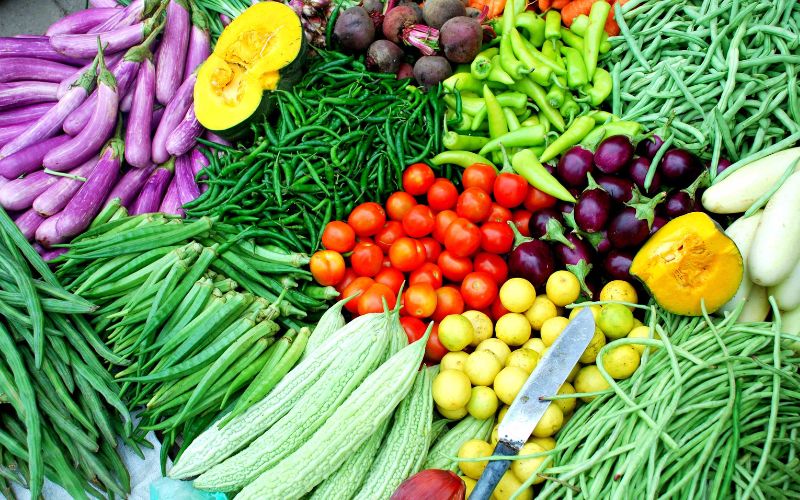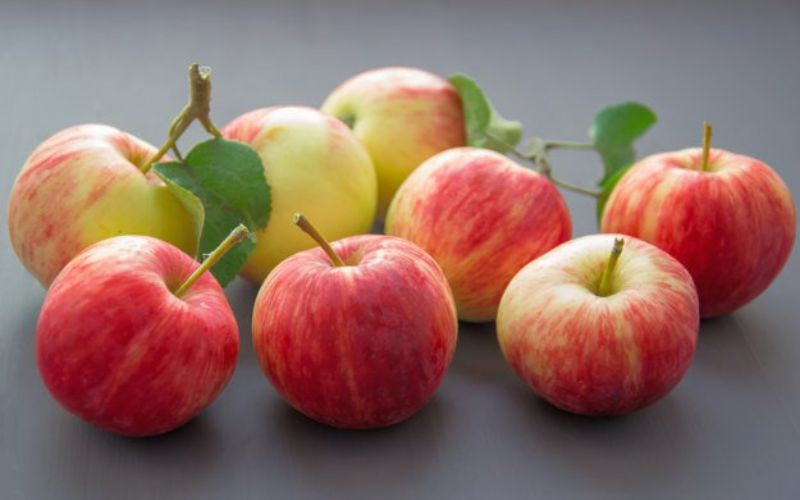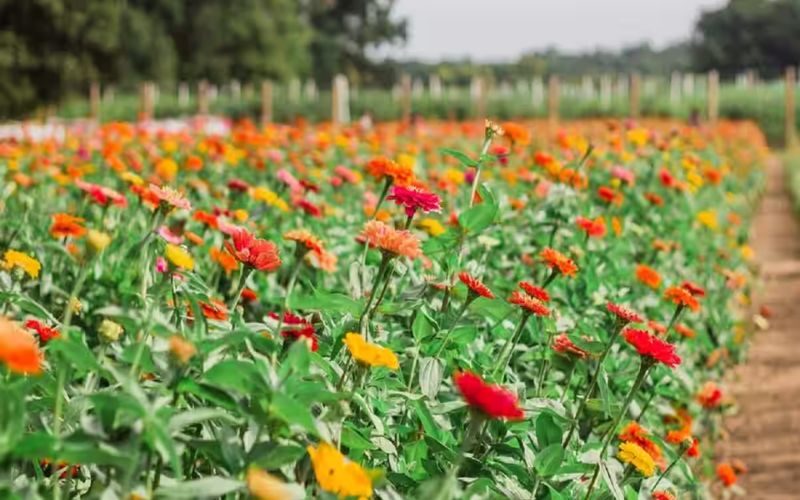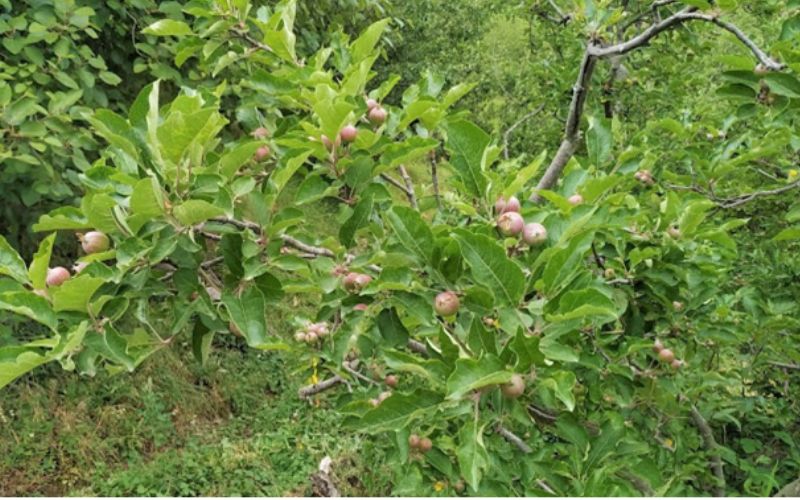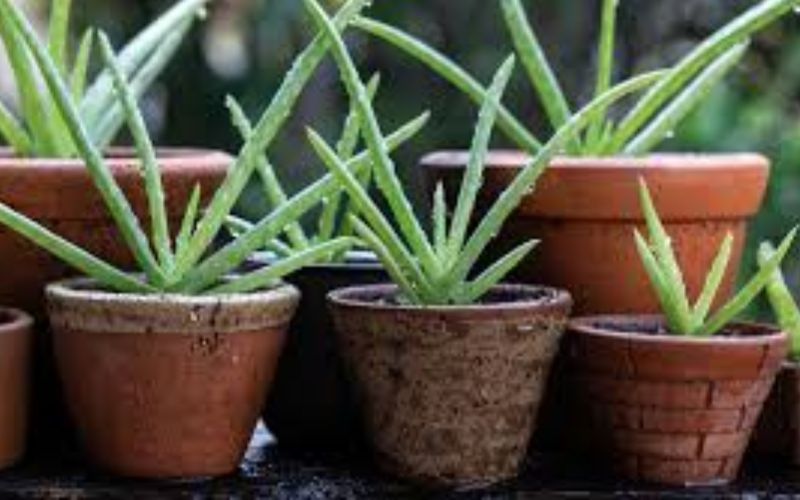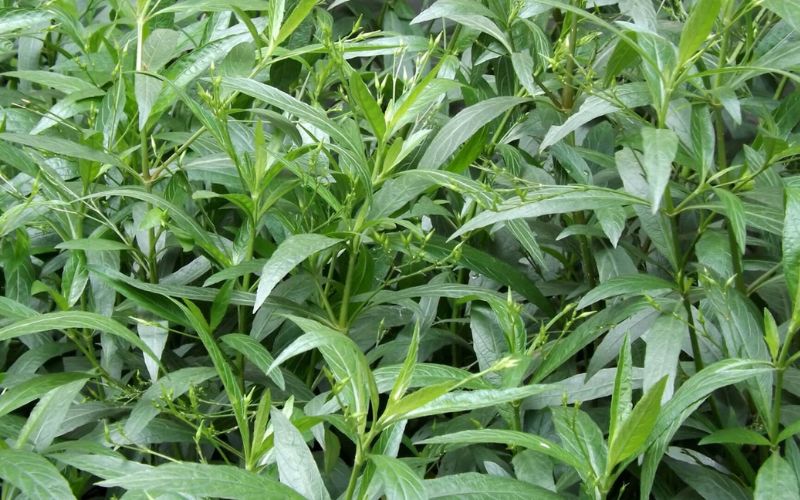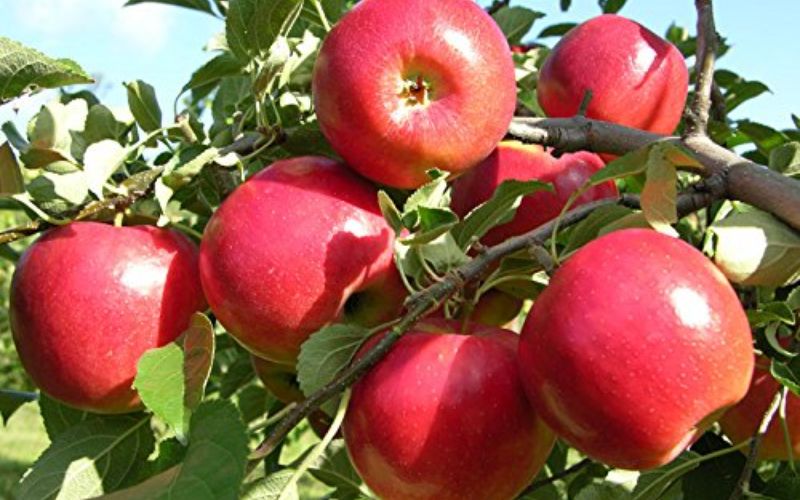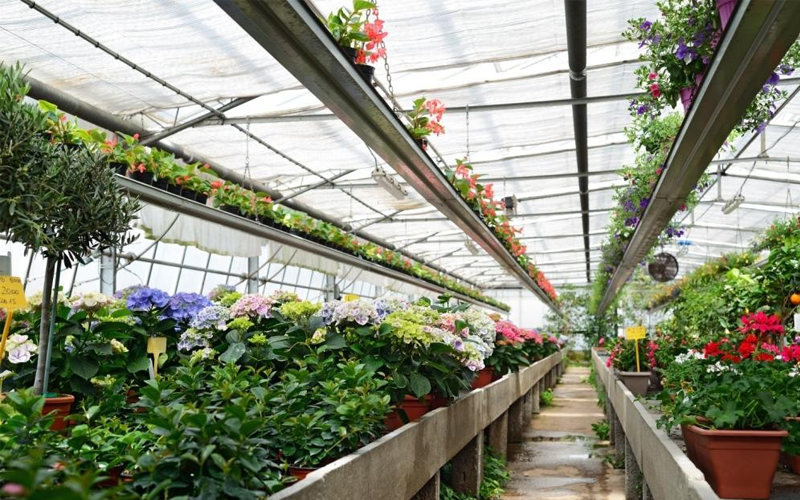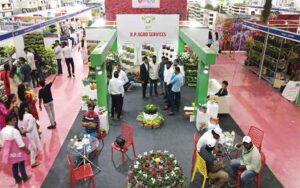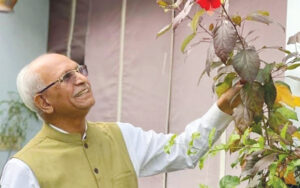Horticulture in India: Present and future
Mr. YP Singh
Editor
Nursery Today
Horticulture, which encompasses the cultivation of fruits, vegetables, flowers, spices, and medicinal plants, has been an integral part of agriculture in India for centuries. With its diverse climate and favorable agro-ecological conditions, India has a rich heritage of horticultural crops and practices that have evolved over time. In recent years, the horticulture sector in India has witnessed significant growth and has emerged as a key contributor to the country’s agricultural economy.
Current Horticulture Scenario in India:
The current status of horticulture in India is characterized by a robust growth trajectory. According to the Ministry of Agriculture and Farmers’ Welfare, Government of India, the horticulture sector contributes over 33% to the country’s agricultural GDP and provides employment to millions of farmers and farm laborers. India is the second-largest producer of fruits and vegetables in the world, producing more than 307 million metric tonnes of fruits and 187 million metric tonnes of vegetables annually. The country also ranks among the top 10 producers of flowers and spices globally.
One of the significant drivers of growth in the horticulture sector in India has been the increasing demand for fruits and vegetables, both in domestic and international markets. Rapid urbanization, changing lifestyles, and increasing health consciousness among consumers have led to a shift in dietary preferences towards a more fruit- and vegetable-rich diet. This has resulted in higher demand for horticultural crops, providing farmers with new opportunities for diversification and income generation.
In addition to demand, various government initiatives and policies have also played a crucial role in promoting horticulture in India. The National Horticulture Mission (NHM), launched in 2005, has been a flagship program aimed at promoting holistic growth of the horticulture sector by focusing on production, post-harvest management, and marketing of horticultural crops. The mission has helped in the development of infrastructure, capacity building, technology dissemination, and market linkages, which have contributed to the growth of horticulture in the country. It is a centrally sponsored scheme in India aimed at promoting horticulture and boosting the income of farmers engaged in horticulture activities. It was launched by the Government of India in 2005-06 as a part of the National Horticulture Board (NHB) with the objective of integrated development of horticulture in a holistic and sustainable manner.
The NHM focuses on the production, post-harvest management, and marketing of horticulture crops, including fruits, vegetables, flowers, spices, aromatic plants, and medicinal plants. The mission aims to enhance horticulture productivity, quality, and competitiveness by providing technical support, capacity building, and financial assistance to farmers, growers, and other stakeholders.
Some of the key objectives of the National Horticulture Mission include:
- Enhancing horticulture production and productivity through the adoption of improved technologies, best practices, and modern management techniques.
- Promoting diversification of crops to increase the income of farmers and reduce risks associated with monoculture.
- Strengthening the horticulture value chain by improving post-harvest management, storage, transportation, processing, and marketing of horticulture produce.
- Creating infrastructure and facilities for the production, processing, and marketing of horticulture crops, including cold storage, pack houses, and market yards.
- Promoting sustainable and eco-friendly horticulture practices, including organic farming, integrated pest management (IPM), and conservation of water resources.
- Supporting the development of human resources and capacity building of farmers, growers, and other stakeholders through training, demonstrations, and exposure visits.
- Facilitating access to credit, insurance, and market information for horticulture farmers and growers to improve their financial inclusiveness.
The National Horticulture Mission has been implemented across various states and union territories of India, with a special focus on small and marginal farmers, women farmers, and farmers in tribal and hilly areas. It aims to boost horticulture production, improve farmers’ incomes, create employment opportunities, and contribute to overall agricultural and rural development in the country.
Furthermore, the Government of India has taken several steps to facilitate exports of horticultural produce. This includes the establishment of state-of-the-art facilities for post-harvest handling, processing, and packaging, as well as the implementation of quality control measures to ensure compliance with international standards. These initiatives have resulted in increased exports of horticultural produce from India, which has further boosted the growth of the sector.
Despite the significant progress made in recent years, the horticulture sector in India still faces various challenges. One of the primary challenges is the issue of post-harvest losses. Due to inadequate infrastructure, lack of proper storage facilities, and inefficient supply chain management, a significant portion of horticultural produce is lost during transportation, storage, and handling. This not only leads to economic losses for farmers but also affects the quality of produce and reduces its shelf life.
Another challenge is the fragmented nature of the horticulture sector in India. The majority of horticultural crops are cultivated on small and marginal lands, and farmers often lack access to modern technologies, credit facilities, and market information. This results in low productivity, poor quality produce, and limited bargaining power for farmers in the market.
Additionally, pests and diseases pose a significant threat to horticulture crops in India. Climate change and erratic weather patterns have led to the emergence of new pests and diseases, causing losses in yield and quality of horticultural produce. The excessive use of chemical pesticides has also led to issues of pesticide residue and environmental pollution, which need to be addressed for sustainable horticultural production.
Future of Horticulture in India:
The future of horticulture in India looks promising. The Indian Government aims to double farmers’ income by 2022, and horticulture could play a significant role in achieving this goal. The government has announced various policies to promote horticultural exports, and it has set an ambitious target of increasing horticultural exports to USD 60 billion by 2022.
The government is promoting the use of technology in horticulture, such as precision farming, drip irrigation, and greenhouses, to maximize yields and minimize the use of water and other resources. The government has also launched various schemes, such as the Pradhan Mantri Krishi Sinchai Yojana and the Mission for Integrated Development of Horticulture, to improve horticultural infrastructure and provide financial support to farmers.
Conclusion:
In conclusion, horticulture is a significant sector in Indian agriculture, and it has a promising future. The government has taken various initiatives to promote horticulture, and it has yielded positive results. With the use of technology and the right support from the government, horticulture could play a significant role in doubling farmers’ income and contributing to the country’s GDP.


